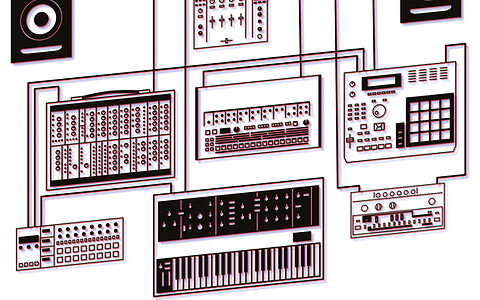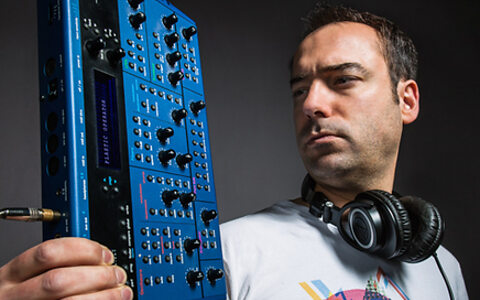
Cubase: String Theory Part 1
Cubase can help you write and arrange realistic string parts.
To find the exact phrase, put the words in quotes or join them together with a plus sign e.g. live+recording or "live recording".
To find, say, all live recording articles that mention Avid, enter: live+recording +avid - and use sidebar filters to narrow down searches further.

Cubase can help you write and arrange realistic string parts.

We look at the history, the theory and the practice of making electronic music without a computer.

The lead single from Pop Smoke’s posthumous debut album was stitched together from two demos in different keys. Mix engineer Jess Jackson turned it into a piece of pop magic.

We take a look back at the events and technology that changed the world.

Not all 500‑series racks are created equal. Here’s what you need to know to make your choice.

With the right guidance, iZotope's RX can remove problem sounds that would otherwise ruin a mix.

With so many modules on the market, how do you make the right choices?
Audio examples to accompany Part 1 of our Cubase: String Theory article.

How loud is loud enough, and how loud is too loud?
These audio files accompany our review of the United Studio Technologies UT FET47 mic.

Arturia President Frédéric Brun looks back over the French company's 20-year history from their Storm software to PolyBrute.

Canadian producer and educator Mat Gendreau shares his Top 5 Tips on processing reverbs to fit with your song tempo and to avoid overpowering a mix.

EQ will make or break your master. It's the single most important factor in mastering, once you've decided the loudness...

Don Lewis toured with the Beach Boys, as well as played studio sessions for Quincy Jones and Michael Jackson. He's now the focus of a documentary film by Ned Augustenborg.

This new instrument takes its name from the broken piano of Lumineers member Jeremiah Fraites.

Sonnox are offering up to 75 percent discounts across their range of popular plug-in processors.

Software instrument guru Rob Papen has released a sequel to his highly regarded additive soft-synth, Blade.

The latest models in the Pocket Operator series come loaded with sounds and animations from classic '80s video games.

The new BX3 and BX4 speakers are intended for small studio, podcasting, streaming and media applications.

Spitfire Audio have followed up their hugely successful BBC Symphony Orchestra series of instruments with a collaboration with another great British institution: Abbey Road Studios.